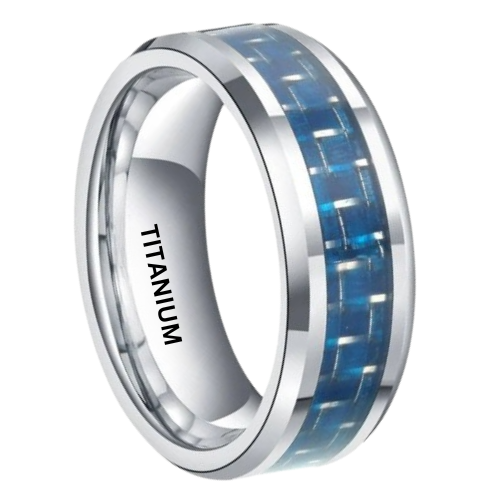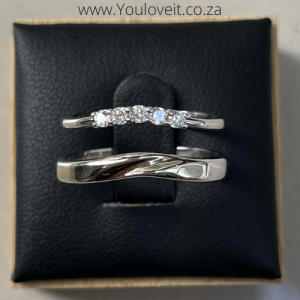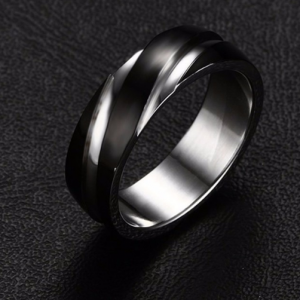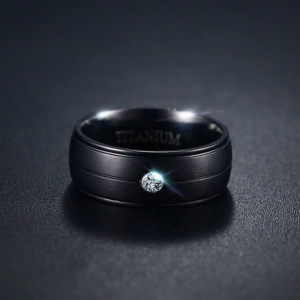Description
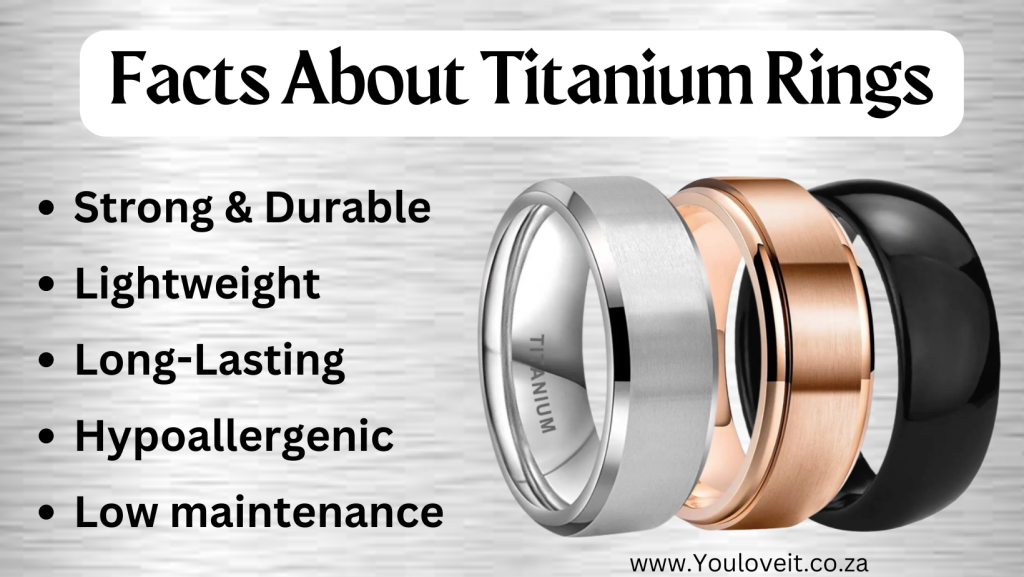

The Process of Creating a Fiber Inlay on a Titanium Ring
Adding a fiber inlay to a titanium ring is a meticulous process that combines precision engineering with artistic craftsmanship. This technique enhances the aesthetic appeal of the ring while maintaining its durability and lightweight properties, making it a popular choice for modern jewelry designs.
Firstly, the process begins with design and groove preparation. A channel or groove is carefully machined into the surface of the titanium ring. This groove is designed to accommodate the fiber material securely and is measured to align perfectly with the dimensions of the ring. The depth and width of the groove are crucial, as they ensure the inlay fits flush with the titanium surface.
However, the groove is prepared for bonding. It is thoroughly cleaned and smoothed to remove any debris or imperfections. This step is essential for creating a strong bond between the titanium and the fiber inlay.
The chosen fiber material, such as carbon fiber, Kevlar, or decorative fibers, is then cut to size and shaped to fit the groove. These fibers come in various colors and textures, allowing for customization to match the desired design. An industrial-grade adhesive or epoxy resin is applied to the groove, and the fiber is carefully positioned. Precision is key at this stage to ensure the inlay is evenly set and aligned with the ring’s design.
Lastly, once the inlay is secured, the ring undergoes a curing process to allow the adhesive to set completely. After curing, the ring is sanded and polished to smooth out any uneven surfaces and achieve a refined finish. Finally, the ring is inspected for quality, ensuring the fiber inlay is securely bonded and the overall design is flawless.


